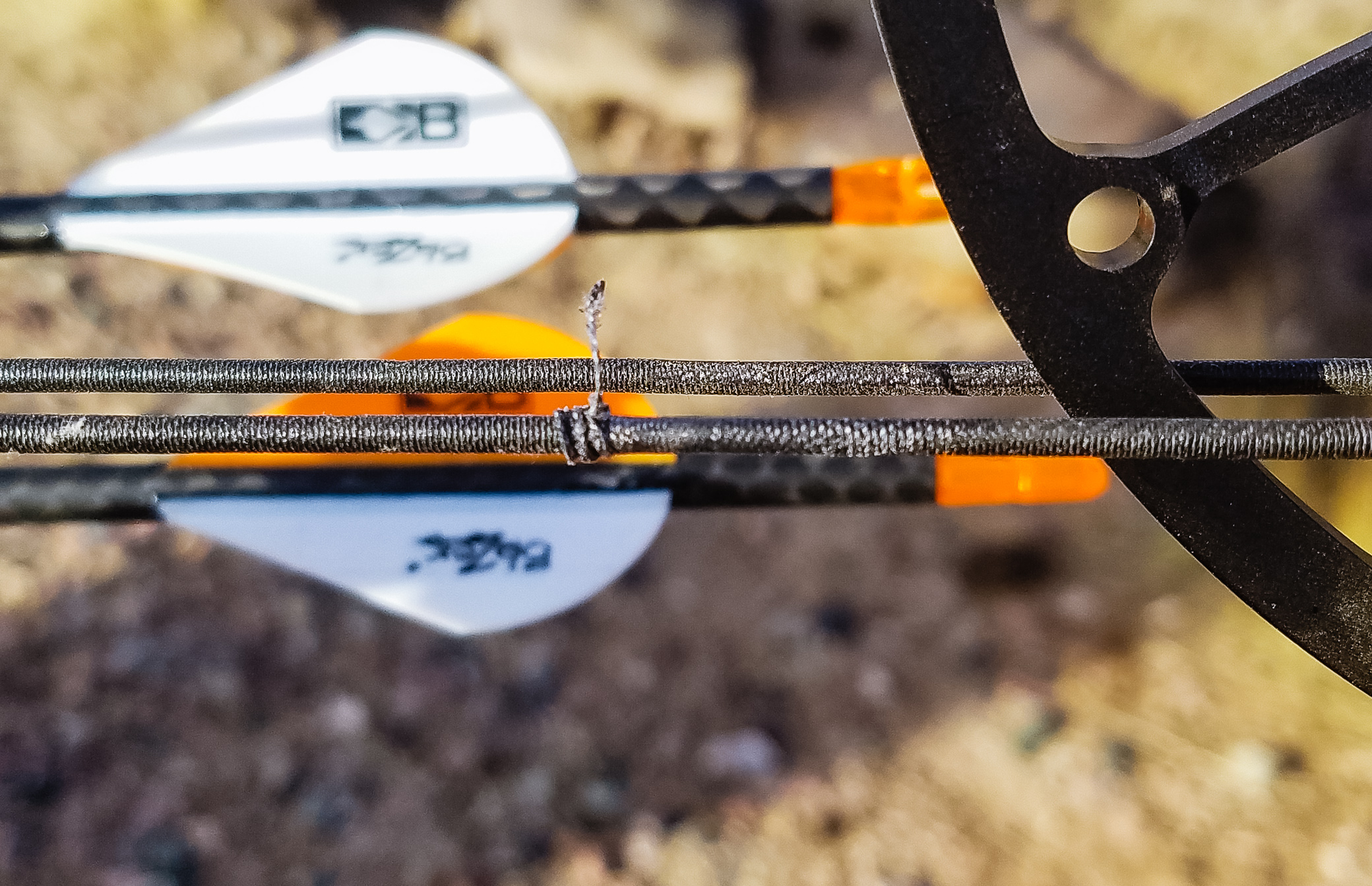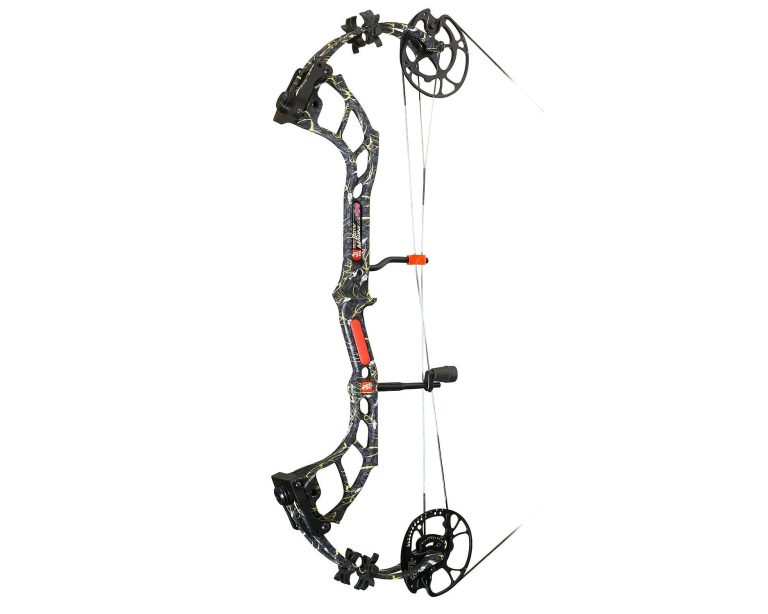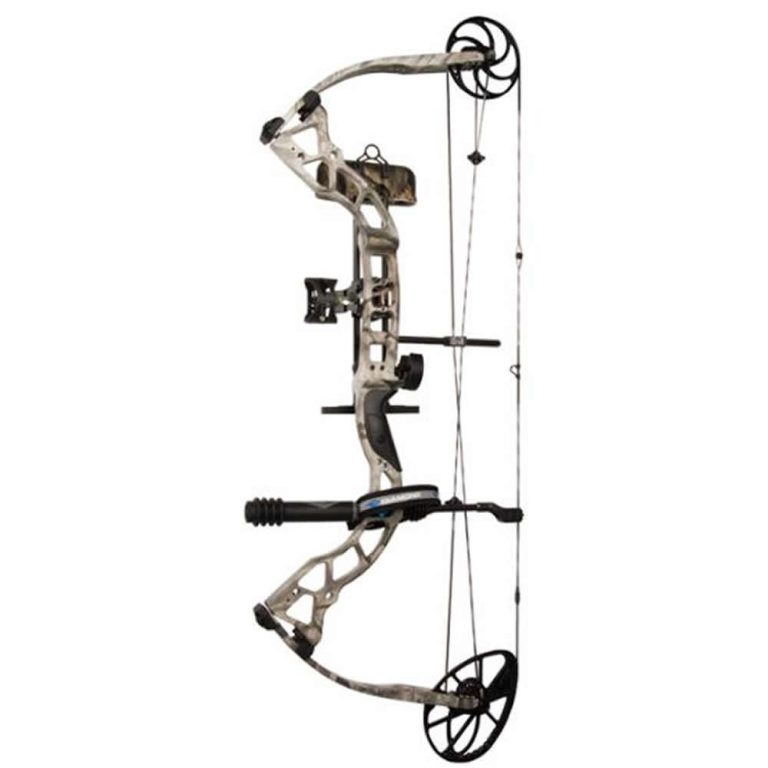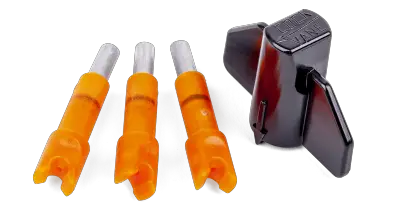Buying A Used Bow
Are you in the market for a used bow? Whether you’re an avid archer or just starting your archery journey, buying a used bow can be a cost-effective way to acquire a high-quality piece of equipment. But before you make a purchase, it’s important to understand the ins and outs of compound bows. This comprehensive guide will take you through the mechanics, advantages, and key components of compound bows, helping you make an informed decision when buying a used bow. From power and speed to adjustability and maintenance, we’ve got you covered. So let’s dive in and explore the fascinating world of compound bows.

What to Consider When Buying a Used Bow
Whether you’re a seasoned archer or a beginner looking to try out a new sport, buying a used bow can be a great way to get your hands on quality equipment at a more affordable price. However, there are several important factors to consider before making your purchase. In this comprehensive guide, we will walk you through the process of buying a used bow, from researching the seller to inspecting the bow and testing it out. We will also discuss budget considerations and give you tips on how to ensure you are getting a legitimate and reliable product. So let’s dive in and explore what you need to know when buying a used bow!
Researching the Seller
One of the first steps you should take when buying a used bow is to research the seller. Whether you are buying from an online marketplace or a local store, it’s important to gather as much information as possible about the seller’s reputation and credibility. Here are a few key things to consider:
Check Reputation and Feedback
If you are buying from a website or an online platform, take the time to read through the seller’s feedback and reviews. This will give you insight into the experiences of previous buyers and help you determine whether the seller is reliable and trustworthy. Look for positive reviews and high ratings, as these are indicators of a seller who takes customer satisfaction seriously.
Ask for Detailed Information
Don’t hesitate to reach out to the seller and ask for more information about the used bow you are interested in. Request detailed photos, specifications, and any additional details that will help you make an informed decision. A legitimate seller will be happy to provide you with the information you need and will be transparent about the condition of the bow.
Inquire About Warranty or Return Policy
Before finalizing your purchase, make sure to inquire about the seller’s warranty or return policy. This is especially important when buying online, as you won’t have the opportunity to physically inspect the bow before buying it. A reputable seller will have a fair and transparent policy in place, allowing you to return the bow or claim warranty if it doesn’t meet your expectations or arrives damaged.
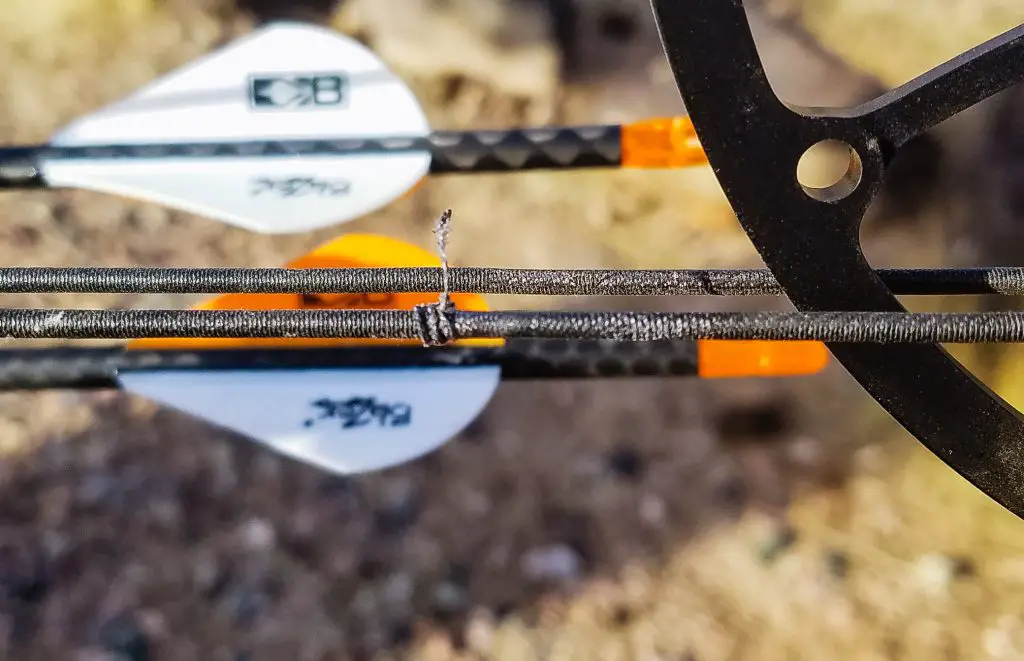
Inspecting the Bow
Once you have researched the seller and have decided to move forward with purchasing a used bow, the next step is to thoroughly inspect the bow itself. This will ensure that you are getting a bow in the best possible condition and minimize the risk of any surprises later on. Here’s what you need to do:
Physical Examination
Begin by visually inspecting the bow. Look for any noticeable signs of wear and tear, such as scratches, dents, or chipped paint. Pay close attention to the limbs and the riser, as these are the areas most prone to damage. A well-maintained bow will show minimal signs of physical damage.
Look for Signs of Wear and Tear
Inspect the bow for any signs of wear and tear on the strings and cables. Check for any fraying, unraveling, or loose strands. Strings and cables that are in poor condition will affect the performance and safety of the bow and may need to be replaced. It’s also essential to check the condition of any accessories, such as sights, rests, and releases, which may be included in the purchase.
Check for Rust or Corrosion
If the bow has metal components, such as the cams or screws, carefully examine them for any signs of rust or corrosion. Rust can indicate poor storage conditions or neglect, and it can affect the functionality of the bow. If you notice any rust, consider whether it can be easily remedied or if it may be a sign of deeper issues with the bow.
Examine the Limbs and Riser
Inspect the limbs and riser for any cracks, fractures, or damage. The limbs should be straight and free from any visible damage or repairs. The riser, which is the central part of the bow, should be structurally sound and securely attached to the limbs. Any significant damage to the limbs or riser can compromise the bow’s integrity and performance.
Checking for Damage
To ensure the used bow you are considering is in optimal condition, it’s crucial to thoroughly check for any potential damage or issues. Here are a few key areas to focus on:
Inspect Cams and Strings
The cams are an essential component of a compound bow, as they dictate the draw cycle and overall performance. Take a close look at the cams to ensure they are in good condition and functioning properly. Examine the strings and cables that connect to the cams, checking for any fraying, stretching, or abnormalities. Damaged or worn cams and strings can negatively impact the bow’s performance and may require costly repairs or replacements.
Ensure Proper Alignment
Check that the cams, limbs, and strings are properly aligned. If the bow shows signs of misalignment or twisting, it may indicate underlying issues or improper care. A misaligned bow will not shoot accurately and will require adjustments to restore proper function.
Look for Cracks or Fractures
Thoroughly inspect the entire surface of the bow for any cracks or fractures, particularly in the limbs and riser. Small cracks or fractures can weaken the bow’s structure and compromise its safety and performance. If you notice any signs of damage, consider whether the issue can be repaired or if it warrants a more significant investment.
Check for Loose or Missing Parts
Take a moment to ensure that all the components of the bow are present and securely attached. Check for any loose screws, bolts, or accessories, as these can affect the bow’s stability and functionality. Missing or loose parts may indicate poor maintenance or could be a result of an accident or mishandling.
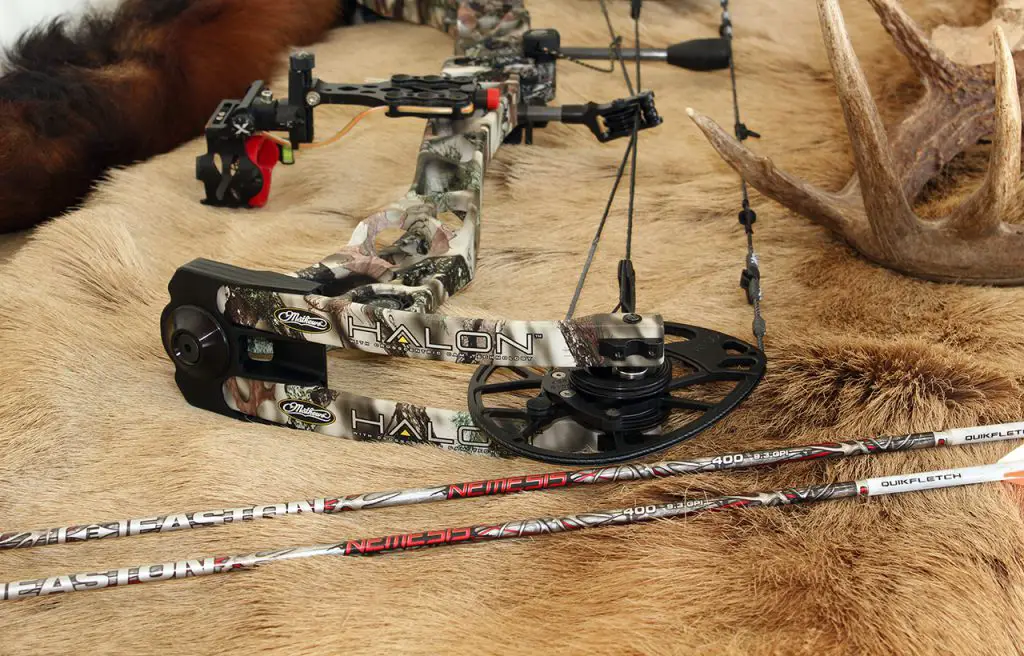
Testing the Bow
To truly assess a used bow’s performance, it’s essential to test it out before making a final decision. This will give you valuable insight into its functionality, draw cycle, and overall feel. Keep the following in mind when testing the bow:
Draw and Release the Bow
Carefully draw and release the bow, paying attention to how it feels and performs. Note the draw weight and whether it feels comfortable and manageable. A used bow should have a smooth draw cycle, with no jerky or uneven sensation. Evaluate the holding weight at full draw and ensure it aligns with your shooting preferences and capabilities.
Listen for any Unusual Sounds
Listen for any unusual sounds or vibrations during the draw and release. Squeaking, scraping, or rattling noises may indicate issues with the bow’s components or functionality. While some minor adjustments or maintenance may be needed, excessive or concerning sounds should raise red flags and prompt further investigation.
Check for Smoothness and Consistency
Pay attention to the overall smoothness and consistency of the draw cycle. A well-maintained bow should provide a smooth and linear draw, without any sudden spikes or dips in the poundage. Inconsistencies in the draw cycle can affect your shooting accuracy and overall performance.
Evaluate Accuracy
Take the time to shoot a few arrows and evaluate the bow’s accuracy. Test for consistency and precision, observing whether the arrows consistently hit their target and group closely together. Keep in mind that some adjustments may be required to fine-tune the bow to your specific shooting style, but significant accuracy issues should be addressed and considered when making your purchase decision.
Budget Considerations
Buying a used bow can offer significant cost savings compared to purchasing a brand-new one. However, it’s important to set a realistic budget and consider the following factors:
Set a Realistic Budget
Determine how much you are willing to spend on a used bow and stick to that budget. Consider the condition of the bow, its age, and any additional accessories or features included in the purchase. Having a clear budget will help you narrow down your options and make a more informed decision.
Compare Prices
Research the prices of comparable used bows in the market to ensure you are getting a fair deal. Take into account the condition, age, and included accessories of each option. Be wary of prices that seem too good to be true, as they may indicate hidden issues or scams.
Consider Trade-In Options
If you already own a bow that you no longer use, explore trade-in options with the seller. Some stores or online platforms offer trade-in programs where you can exchange your old bow for a discount on a used one. This can help offset the cost of your new purchase and make it more affordable.
Negotiate the Price
Don’t be afraid to negotiate the price with the seller, especially if you notice any potential issues or if you have found comparable bows at lower prices. Be respectful and reasonable in your negotiations, but don’t settle for a price that doesn’t align with your budget and expectations.

Verifying the Seller
To ensure you are purchasing a legitimate and reliable used bow, take the time to verify the seller’s credibility and the authenticity of the product. Here’s what you can do:
Ask for Authenticity Certificate
If the used bow comes with an authenticity certificate, ask the seller for a copy. This document will provide proof that the bow is genuine and not a counterfeit or replica. Be cautious if the seller is unable or unwilling to provide an authenticity certificate, as this may be a red flag.
Research the Serial Number
Every bow is assigned a unique serial number, typically engraved on the limb or riser. Research the serial number to ensure it aligns with the make, model, and age of the bow you are interested in. This will help you verify the authenticity and age of the bow and ensure it hasn’t been tampered with or misrepresented.
Contact the Manufacturer
If you have any doubts or questions about the bow you are considering, reach out to the manufacturer directly. Provide them with the serial number and any additional information you have, and they will be able to confirm the authenticity and provide valuable insights into the bow’s history.
Check for Stolen Bows
To protect yourself from purchasing a stolen bow, consider checking online databases or forums dedicated to stolen archery equipment. These resources can help you identify if the bow you are interested in has been reported as stolen. It’s essential to be a responsible buyer and support a safe and ethical archery community.
Warranty and Return Policy
While purchasing a used bow may not come with the same warranty and return policy as buying a new one, it’s still crucial to understand the terms and conditions set by the seller. Consider the following:
Understand the Terms and Conditions
Carefully read and understand the seller’s warranty and return policy before making your purchase. Pay attention to any limitations, exclusions, or requirements that may apply. Ensure that the policy aligns with your expectations and provides the necessary protections for your investment.
Check for Transferability
If the bow still has an active warranty, check whether it is transferable to new owners. Some warranties may only apply to the original purchaser, while others can be transferred to subsequent buyers. Understanding the transferability of the warranty will help you evaluate the level of coverage and support you can expect as the new owner.
Evaluate Coverage
Review the warranty coverage and determine what repairs, replacements, or services are included. Consider the timeframe and any associated costs that may be required. Keep in mind that a used bow may have limited or no warranty coverage, so weigh the potential risks and benefits accordingly.
Know the Return Process
Inquire about the return process in case the bow doesn’t meet your expectations or if issues arise upon delivery. Understand the timeframe within which returns are accepted, any restocking fees that may apply, and whether you will receive a refund or store credit. Being aware of the return process will provide you with peace of mind and protect you in case the bow doesn’t meet your needs.
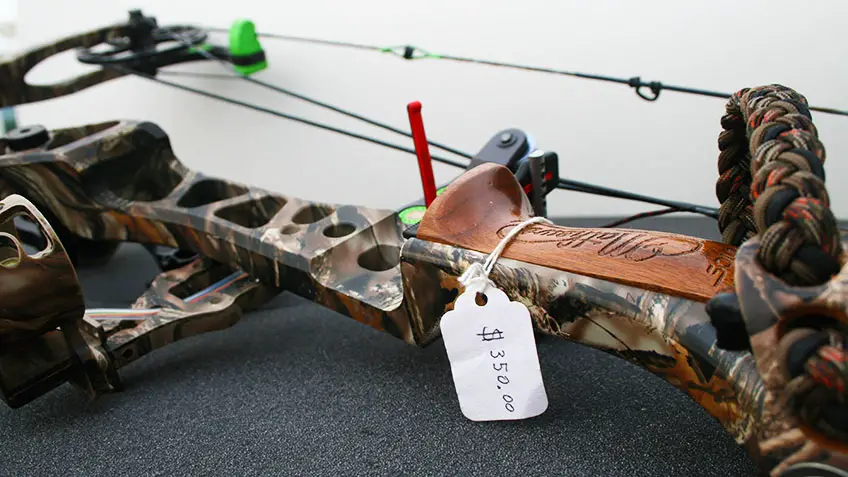
Inspecting Bow Accessories
When purchasing a used bow, there is a chance that it may come with additional accessories. It’s important to inspect these accessories to ensure they are in good condition and properly functioning. Here’s what you should look for:
Check Sight, Rest, and Release
Inspect the sight, rest, and release included with the bow. Check for any visible damage, misalignments, or signs of wear. Ensure that these accessories are compatible with the bow and in working order. If possible, test them out to verify their functionality and whether they suit your shooting preferences.
Examine Stabilizers and Dampeners
If the bow includes stabilizers and dampeners, inspect them for any damage or signs of wear. These accessories play a crucial role in reducing bow vibration and noise, so their condition is essential for a smooth and enjoyable shooting experience.
Inspect Quiver and Arrows
If a quiver and arrows are part of the package, carefully examine them for any damage or defects. Check the quiver for any loose or broken straps, and ensure that it securely holds the arrows. Inspect the arrows for straightness, proper fletching, and intact tips. Damaged or defective arrows can negatively impact your shooting accuracy and should be replaced if necessary.
Evaluate Condition of Accessories
Consider the overall condition of the included accessories. While minor wear and tear may be expected for used equipment, ensure that the accessories are still functional and won’t require significant repairs or replacements.
Conclusion
Buying a used bow can be an excellent opportunity to acquire quality equipment at a more affordable price. However, it’s crucial to approach the process with careful consideration and diligence. By researching the seller, inspecting the bow, checking for damage, testing it out, and considering budget, you can make an informed purchase decision. Take the time to verify the seller’s credibility, understand any warranty and return policies, and thoroughly inspect any included accessories. With these tips in mind, you’ll be well-equipped to find the right used bow that suits your needs and helps you embark on a thrilling archery journey. Happy shooting!

